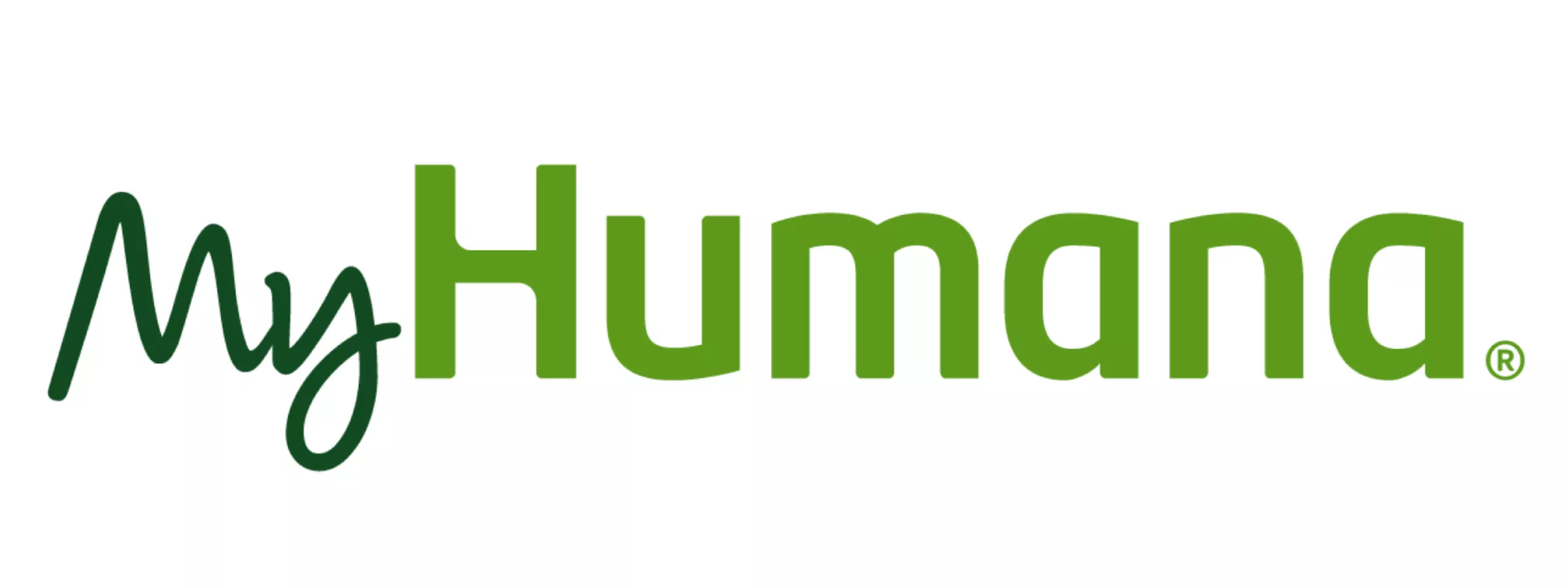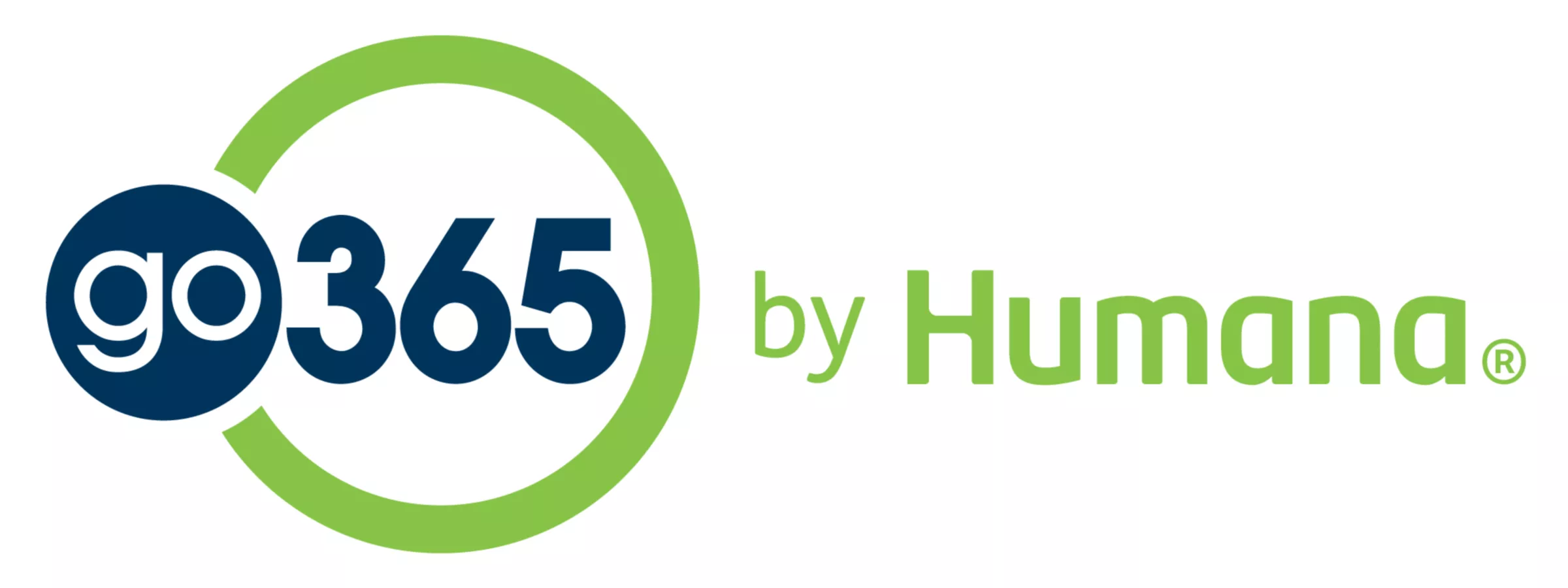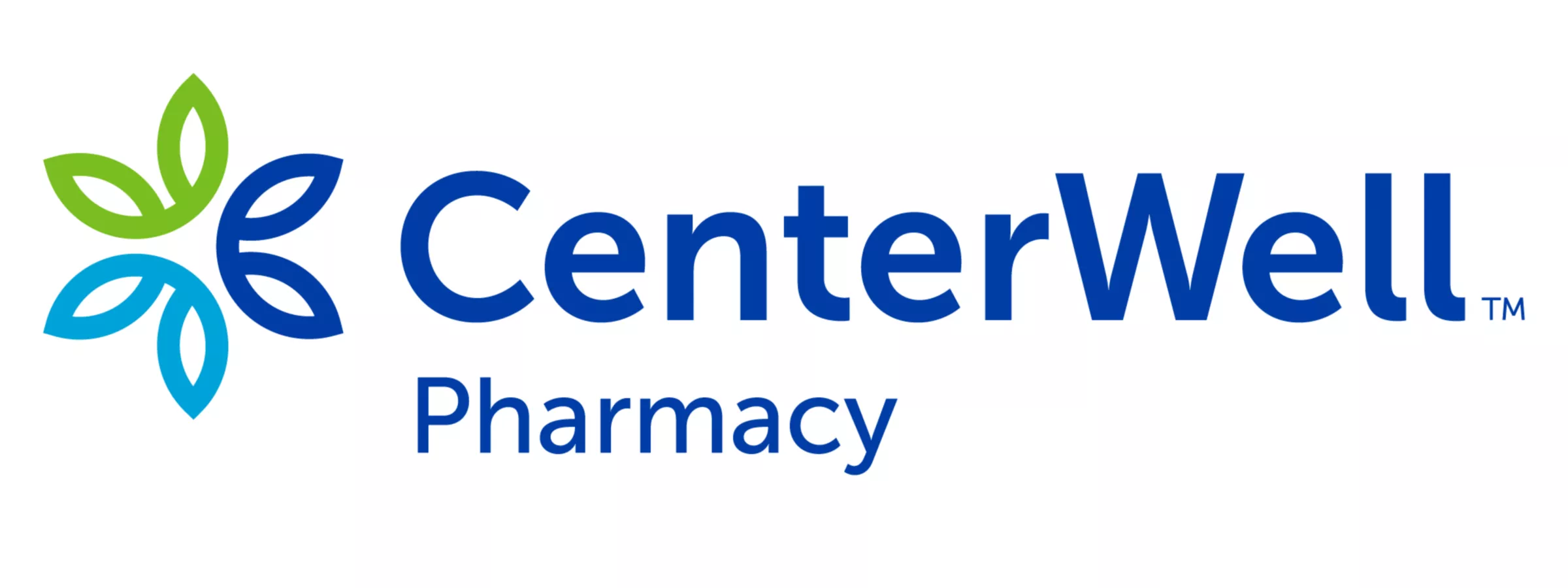Algorithmically generated warning signs aren’t the only path to getting a handle on one’s health. Rather, encouraging healthy habits can help insurers reduce payouts, ease the burden on today’s healthcare system, and improve patients’ lives. Enter wearable devices—technology designed to be used when worn. For instance, a portable electrocardiogram (EKG) monitor can deliver instant EKG analysis through the wearer’s smartphone app. This device works by monitoring and recording EKG information and sharing this heart data with a doctor in real time.
By analyzing data in conjunction with other factors, such as medical history, a healthcare provider can adjust a patient’s disease-management plan for improved outcomes. Similarly, an insurer can use members’ health data to provide financial incentives, such as gift cards for a gym membership, to encourage healthier behaviors. Either way, patients are provided with an opportunity to take control of their own health in ways that benefit all parties.








